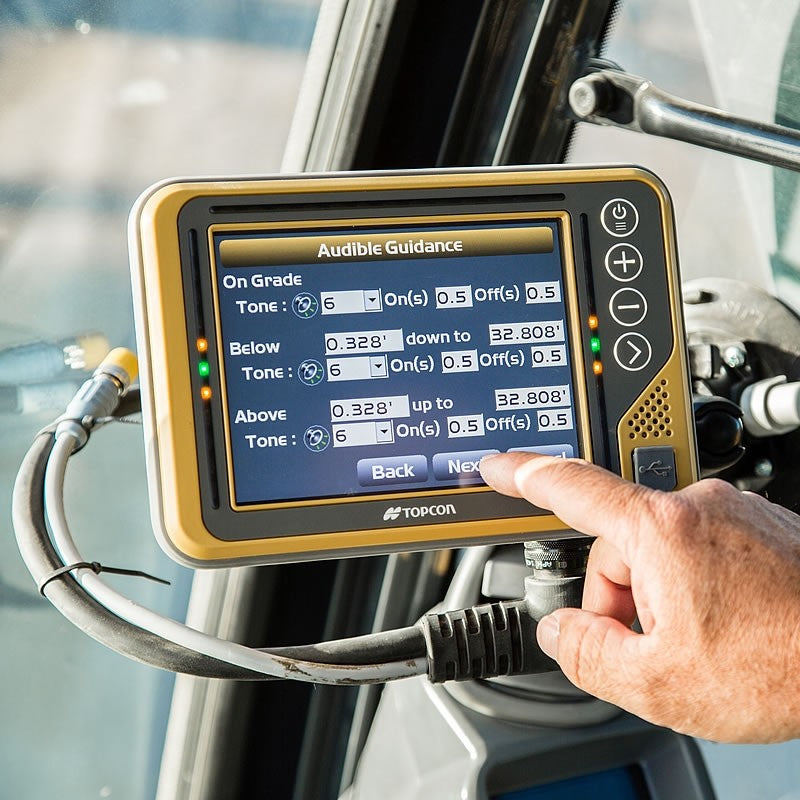

The risk with using an automated keratometry device for this and all cases is that, because it measures the distance between the first Purkinje reflections, it is a variable technique. In this case, measuring the eye with an optical interferometry device would be limited by the opacity of the cataract. Presentation of the patient’s right and left eyes When using this technology, the percentage of patients who will be within ☐.50 D of the intended refraction is much higher than the 60% who achieve that level of refractive accuracy when no intraoperative assistance is used.įigure 4. These landmarks, which correspond with the keratometry reading of the IOLMaster 700, can aid in toric IOL alignment. Additionally, as it is taking these measurements, the CALLISTO eye (Carl Zeiss Meditec) simultaneously captures a reference image, identifying landmarks on the surface of the eye. In addition to the B-scan measurements of central corneal thickness, anterior chamber depth, lens thickness, and axial length, it also performs automated keratometry with distance-independent telecentrics technology, horizontal white-to-white, and pupil offset measurements (Figure 2). The latest iteration, the IOLMaster 700 (Figure 1A), uses swept-source OCT imaging with fixation check (Figure 1B). The IOLMaster has long been the gold standard in biometry. ADVANTAGES OF THE IOLMASTER 700 AND CALLISTO eye

This is an integral component of the ZEISS Cataract Suite, a line of products intended to work together for markerless toric IOL alignment. In my experience, the most advantageous technology that has allowed me to more successfully meet the refractive needs of my astigmatism patients and, in addition, improve my workflow, is the IOLMaster 700. These include but are not limited to the IOLMaster 500 and 700 (Carl Zeiss Meditec), Lenstar (Haag-Streit), Pentacam, (Oculus), Aladdin (Topcon), Galilei G6 (Ziemer), ORA System With VerifEye Technology (Alcon), iTrace (Tracey Technologies), Cassini Corneal Shape Analyzer (i-Optics), and OPD-Scan III (Nidek). Luckily for cataract surgeons, we have a variety of devices available to aid in refining our outcomes with all types of IOLs, including toric IOLs. Without intraoperative automated assistance in alignment of the toric IOL, only 60% of patients will exhibit postoperative results within ☐.50 D of the intended refraction.
#Topcon itrace cost manual
Manual reference axis and toric axis marking can contribute to a mean total error in toric IOL alignment of 4.9 ☒.1º 3 andģ. Just 10º of misalignment can cause a decrease in the desired refractive effect of up to 33% 2Ģ. There are several factors that can affect the refractive accuracy of a toric IOL:ġ.


1 The benefits of a toric IOL extend beyond this range, and today I may also implant toric IOLs in patients with as little as 0.50 to 0.75 D of anterior keratometric astigmatism (ie, against-the-rule astigmatism). It has been shown that, in nearly one-third of eyes, moderate to high astigmatism (>1.00 D) is present. This is especially true in patients who present with enough astigmatism to benefit from a toric IOL. It is true that patient demand for premium lens technologies has increased, and with it has come an increase in their refractive needs. In other words, with a plethora of IOLs to choose from, how can we refine our selection in order to provide patients with the individualized, high-quality vision they desire? INCREASING DEMAND, REFRACTIVE NEEDS One of the challenges that we still face, however, is meeting our patients’ expectations with the abundance of IOL technologies available to them. This is in part due to the high patient demands of today, but also in part because of the sophisticated technologies we now have available to help us achieve such excellent results. Over the years, cataract surgeons have become increasingly focused on the refractive accuracy of our surgical results.


 0 kommentar(er)
0 kommentar(er)
